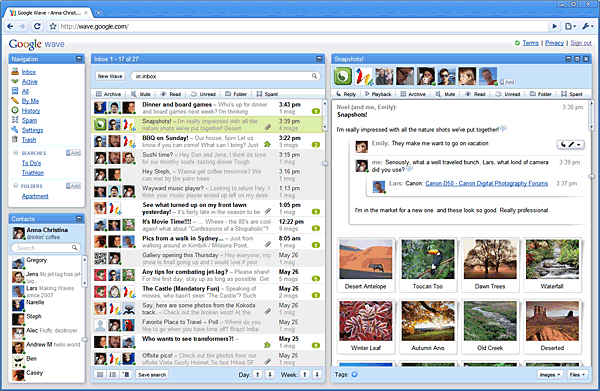Now live on the Say Everything website: The book’s entire set of endnotes, all properly linked to their mostly URL-based sources.
When I started writing for the Web in 1994 I quickly understood that the ability to link directly to sources was a godsend for demonstrating the quality of your work. So when I returned to print to write Dreaming in Code, I was a little frustrated: endnotes are a valuable tradition, but when the bulk of the sources are on the Web, you wind up with a bunch of lengthy URL codes sitting there dead on the paper. So with that book I duplicated the endnotes on the book’s site. And I’ve now done that again.
I hope this will help those readers of the book who want to dig deeper into the source material. It will also give anyone who is on the fence about whether they’re interested in the book’s topics another way to explore its contents before buying.

